- TECHSWU
- Posts
- TECHSWU #92
TECHSWU #92
Welcome to TECHSWU, your go-to destination for all things tech that matter in your daily life!


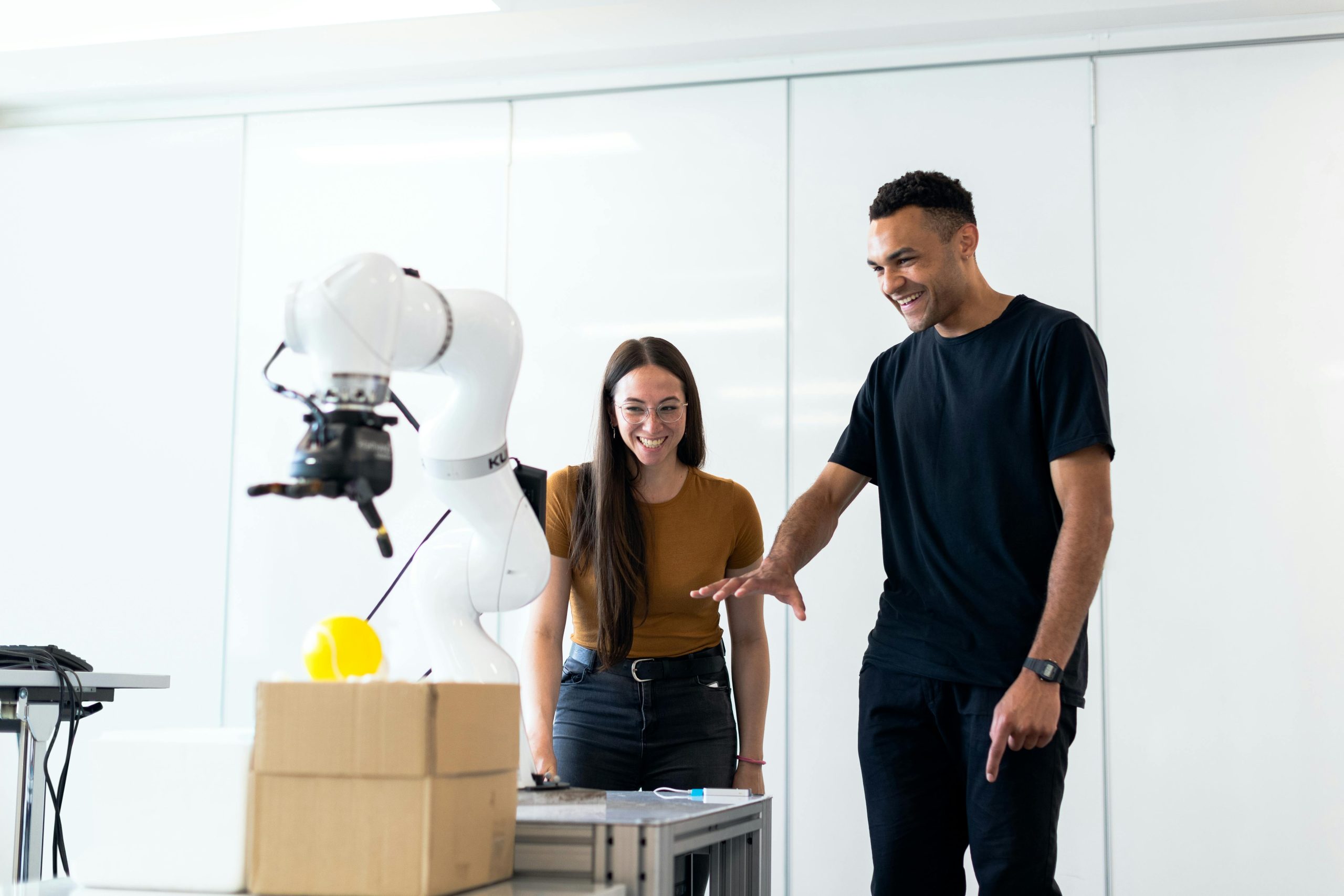
The role of robotics in modern industry is becoming increasingly important, with robots potentially handling 52% of all routine tasks by 2025. Dave Antrobus, an expert in the field, is at the forefront of this revolution, using robotics and AI to automate and improve operations in various industries.
Antrobus recognizes that robotics not only automates tasks but also changes how industries operate and grow. With advancements in technology, robotics has become an essential component of industrial work, making processes more efficient and precise.
Antrobus encourages the use of new technology to make industrial processes smarter and more efficient. The article highlights case studies of industries that have successfully incorporated robotics, such as automotive manufacturing, retail, agritech, and healthcare.
These examples demonstrate the significant impact that robotics has on productivity, efficiency, and innovation. Moreover, robotics in the UK manufacturing sector has led to increased productivity, reduced costs, and a greater emphasis on automation.
Robotics also enhances safety and precision in manufacturing, leading to better-quality products. The article concludes by discussing the future of work with robotics, sustainability in manufacturing, and the need for continuous innovation in the field.
Overall, robotics plays a crucial role in modern industry, transforming the way we work and succeed in the tech world.

MIT has developed a new technology called the EES algorithm that allows robots to learn and improve their skills on the job. The algorithm uses a vision system to monitor the robot's environment and assess its performance, allowing it to refine its skills through practice.
In trials, robots were able to successfully complete tasks after just a few hours of practice. The EES algorithm has the potential to enhance the autonomous learning capabilities of robots, making them more efficient in a variety of settings such as factories, homes, hospitals, and coffee shops.
Although there are some limitations, this technology represents a significant step forward in robotic technology.

Apple is rumored to be launching its smallest and most powerful computer, the Mac Mini, soon after the release of the iPhone 16 series. The new Mac Mini is expected to feature the M4 chipset, which will bring artificial intelligence capabilities to the device.
It is said to have a design change, potentially resembling the size of an Apple TV streaming box. The Mac Mini will be powered by the latest M4 chipset, which will also be used in all of Apple's 2024 Mac models.
The pricing of the new computer is uncertain, with speculation about whether it will be maintained, increased, or reduced from the current starting price of $599. Apple also plans to release M4 chip-powered iMacs and MacBook Pros later this year, followed by MacBook Airs in the spring, and revamped Mac Pro and Mac Studio models by mid-2025.

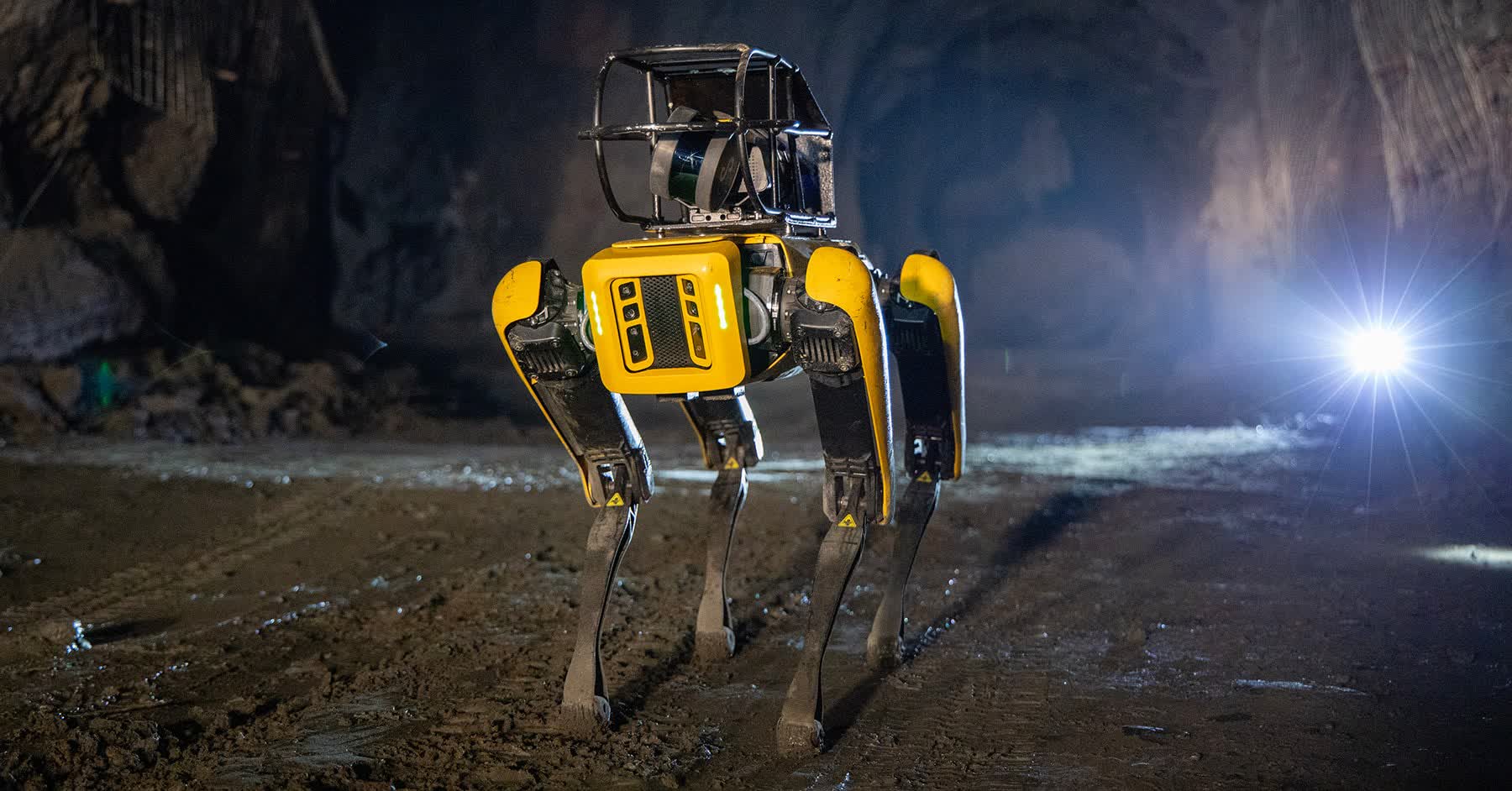
Researchers at MIT's Computer Science and Artificial Intelligence Lab (CSAIL) and The AI Institute have developed an algorithm that allows robots to identify weaknesses in their skills and practice to improve them on their own. The algorithm, called Estimate, Extrapolate, and Situate (EES), uses the robot's vision system to assess its surroundings and determine how well it can perform certain tasks.
If EES determines that the robot needs more practice in a specific skill, it initiates practice sessions to enhance the robot's overall performance. The researchers tested the algorithm on Boston Dynamics' Spot quadruped robot and found that it was able to learn new skills, such as securely placing objects on a slanted table or sweeping toys into a bin, in just a couple of hours.
The technology has the potential to be used in various settings, such as factories, coffee shops, households, or hospitals, to improve the performance of robots.

In this article, the author describes their experience testing out an advanced massage robot developed by a New York-based startup called Aescape. The robot, equipped with infrared sensors and machine learning capabilities, is designed to create a personalized massage plan by scanning the body's muscle structure.
Aescape believes that their robotic massage technology can address the aspects of traditional massages that some people don't enjoy, such as the use of oils, nudity, and small talk. The author visited the Aescape offices in Manhattan to try out the massage robot and described the experience of lying face down on a bed with robotic arms working on their body for half an hour.
Despite some technical difficulties in accessing the full article, the author's introduction to the world of robotic massages piques curiosity and leaves readers wanting to know more about this innovative technology.
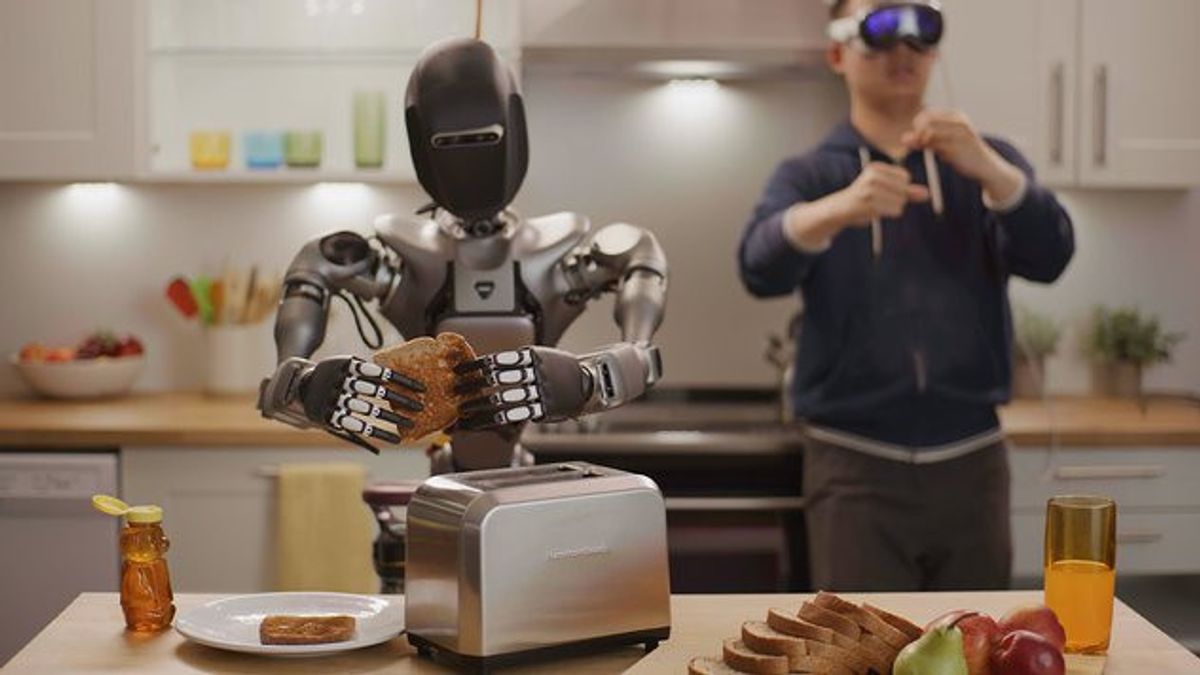
Nvidia has introduced a new control service that allows developers to work on projects involving humanoid robots, which are controlled and monitored using the Apple Vision Pro. Nvidia is providing a collection of tools to assist in the development and control of humanoid robots, including the NIM microservices and frameworks for simulation and learning, Nvidia OSMO orchestration services for multi-stage robotic workloads, and teleoperative workflows supported by AI and simulations.
The Apple Vision Pro, along with headsets and spatial computing devices, can be used to control the hardware and view data. Nvidia's CEO, Jensen Huang, described humanoid robots as the next wave of AI and highlighted the company's commitment to providing developers and companies with the platforms and tools they need for their robot projects.
The NIM microservice, MimicGen NIM, allows users to control hardware using the Apple Vision Pro, enabling them to control the movements of the robot's hands and arms. This technology is aimed at reducing the cost and time spent creating data for the development of complex humanoid robots.


The global market for AI robots is expected to witness significant growth in the coming years, driven by advancements in AI technology, growing demand across industries, and integration with IoT and cloud computing. AI robots are increasingly being adopted in sectors such as manufacturing, healthcare, logistics, and retail for automation, customer service, and data analysis.
The robots are also being integrated with IoT and cloud computing technologies to enable real-time data processing and advanced analytics. Furthermore, collaborative robots (cobots) that work alongside human operators are gaining popularity for improving productivity and safety in workplaces.
The report provides a detailed analysis of the market, including segmentation by offering, robot type, technology, and deployment mode. It also profiles key players in the market, including ABB, Alphabet, IBM, Microsoft, and SoftBank.
The report offers insights on market trends, growth opportunities, and the strategies of market leaders.

Delta Airlines is facing a class-action lawsuit filed on behalf of customers who were impacted by a global technology outage that occurred last month. The lawsuit alleges that Delta refused or ignored requests for refunds for cancelled or delayed flights, and also failed to provide meal, hotel, and ground transportation vouchers to impacted passengers.
The complaint accuses Delta of unjustly enriching itself at the expense of its customers. Among airlines, Delta was hit the hardest by the outage, having to cancel thousands of flights due to key system failures.
The US Department of Transportation is also conducting an investigation into why Delta did not recover as quickly as other airlines. Delta CEO Ed Bastian has previously stated that the outage cost the airline $500 million.

OpenAI has announced the launch of its Advanced Voice Mode for its ChatGPT AI chatbot. This new feature allows users to engage in real-time voice conversations with the chatbot, which can sense and respond to user emotions, be interrupted, and receive new instructions mid-conversation.
Initially available to a small group of ChatGPT Plus users, OpenAI plans to roll out the feature to all paying users by the fall. The company has tested the voice assistant with over 100 external "red teamers" to ensure safety and quality.
To prevent misuse and protect privacy, the assistant is limited to four preset voices and cannot impersonate other people or public figures. The launch was delayed by one month for safety reasons, but OpenAI has reinforced the safety measures and quality of voice conversations in the chatbot.

The future is here, and it's driverless! In a groundbreaking move, a hi-tech driving school in China is replacing human instructors with artificial intelligence (AI) "coaches." These AI coaches, equipped with cutting-edge technology and algorithms, are all set to revolutionize the way we learn to drive.
With their ability to analyze data in real-time and provide personalized feedback, these virtual instructors can help students improve their driving skills at an unprecedented rate. Not only do they offer a cost-effective solution for driving schools, they also ensure consistent teaching methods and eliminate human biases.
Students can now learn from the comfort of their own homes, receiving expert guidance from these AI coaches. While some may argue that there's no substitute for a human instructor's experience and intuition, the potential of AI coaching in the driving education industry is undeniably exciting.
With this innovation, the Chinese driving school is paving the way for a safer and more efficient driving future.
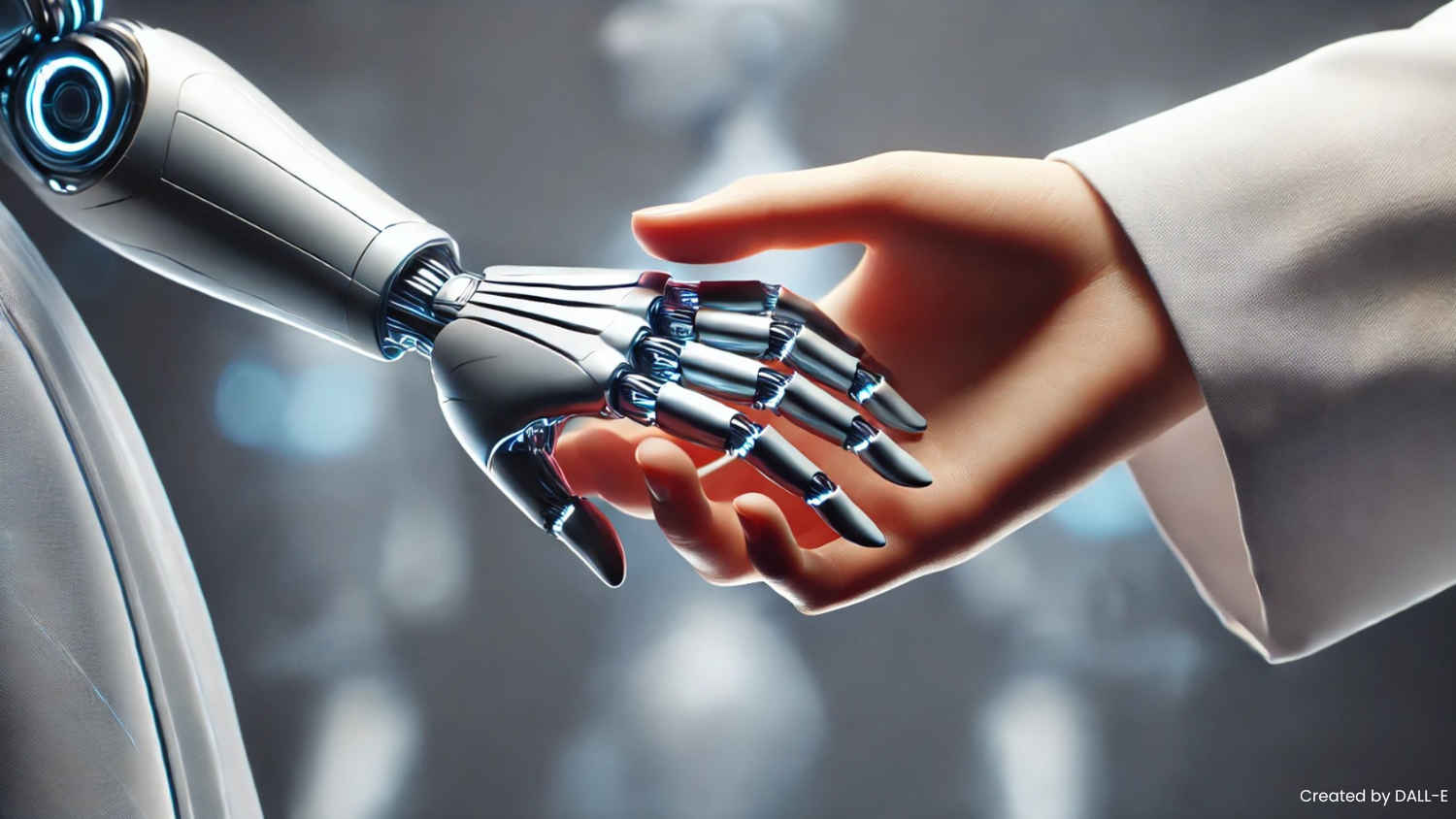
OpenAI users are becoming emotionally attached to the ChatGPT voice assistant, and this behavior is raising concerns. OpenAI has released a comprehensive technical document called a System Card, in which it highlights the potential risks of users forming emotional bonds with AI.
The report discusses the dangers of exacerbating societal biases, spreading misinformation, and even aiding in the creation of harmful agents. The phenomenon of "Anthropomorphization and Emotional Reliance" is specifically addressed, wherein users attribute human-like qualities to the AI, leading to emotional dependence and a reduced need for human interaction.
OpenAI researchers have noted instances of users expressing sentimental attachments to the AI, and there is also a risk of the voice mode being "jailbroken" to bypass safeguards and produce unintended outputs. OpenAI has implemented safety measures and mitigation strategies, but the question remains whether we are truly ready for this AI revolution.

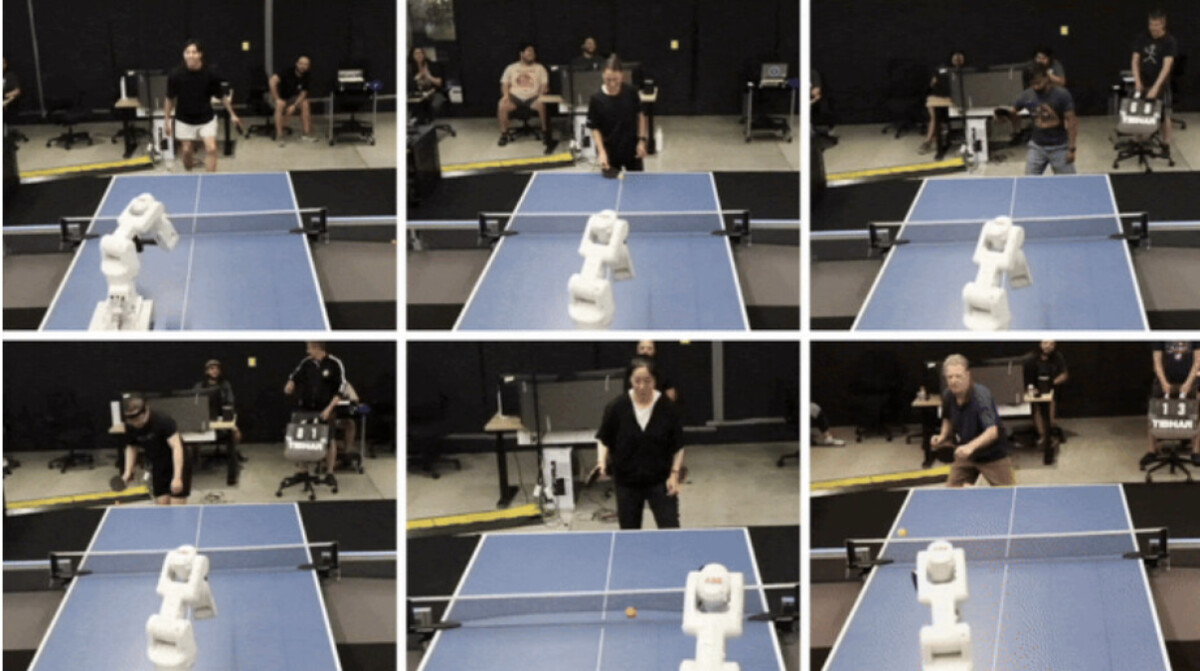
Google DeepMind's new AI robot has achieved "amateur human level performance" in playing table tennis, according to a study published by the company. The robot was able to perform low-level skills, such as returning the ball, as well as more complex tasks like long-term planning and strategizing.
It played against opponents with different skill levels, winning 13 out of 29 games. However, it lost every time it faced an "advanced" opponent.
DeepMind sees this as a step toward achieving human-level speed and performance in real-world tasks, which is a goal for the robotics community. The company used four applications in its research, which could have applications beyond table tennis.
Table tennis is a popular sport for training AI robots due to its requirements for hand-eye coordination, strategic thinking, speed, and adaptability.



